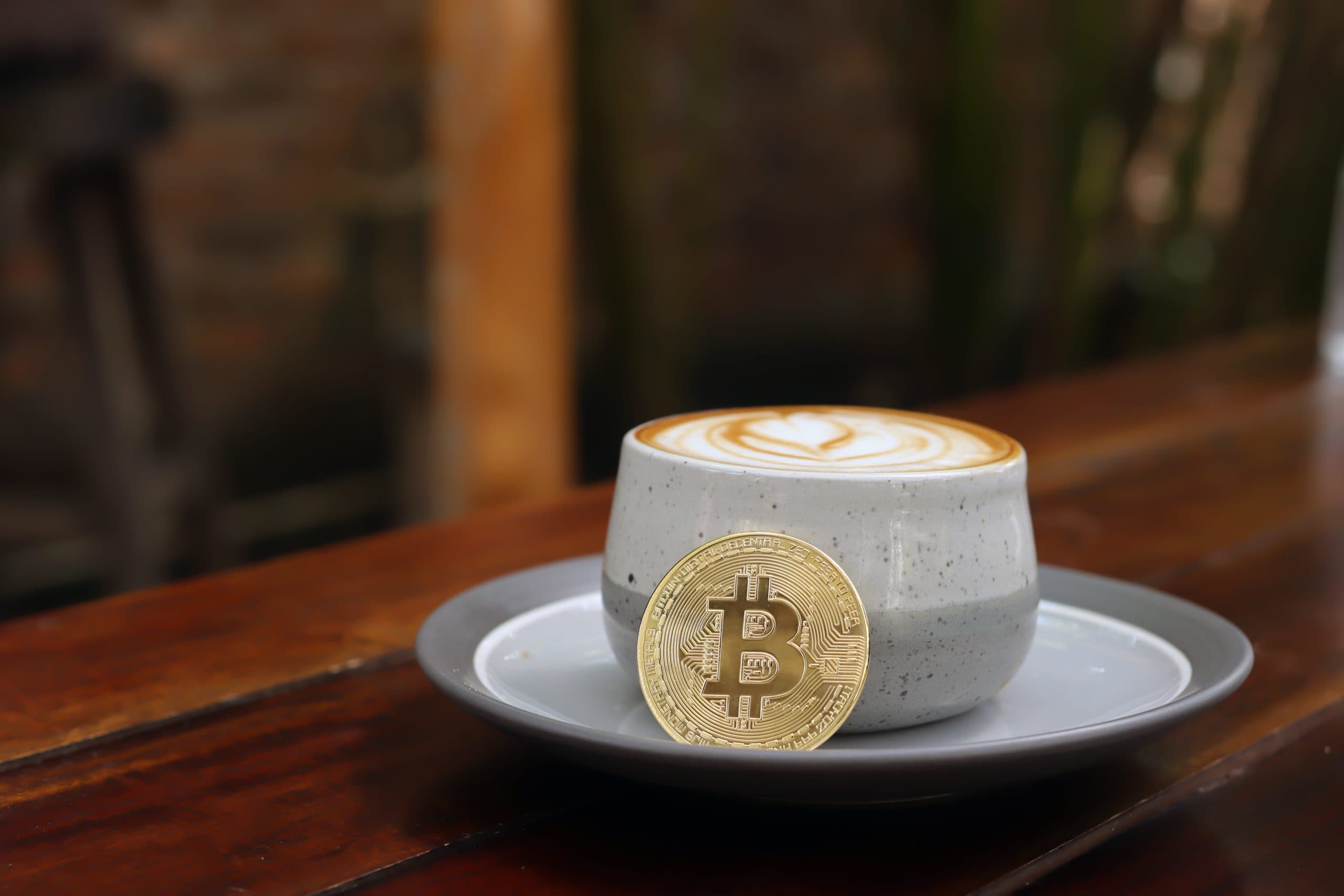ECB hands over bond purchase program to Circle
4 min readTable of Contents
Euro stablecoins such as Tether or Celo have so far been classified as irrelevant. The stablecoin sector is firmly in the hands of US dollar stablecoins, which account for over 95 percent of the total market. Above all, players such as Tether, Circle, binance or Paxos dominate the market here. This could now change with Circle’s Euro stablecoin.
Because the EUROC, based on euro coins, can bring a new level of confidence and protocol coverage to the market. This is due to the fact that conservative coverage, such as that used by Circle with the EUROC, has so far not been economical. However, this is exactly what will change when the key euro interest rates are raised above zero. Now companies can issue fully backed euro stablecoins without having to pay negative interest.
Enormous advantages through Euro Stablecoin
So far, crypto investors and traders have usually relied on cashing out in US dollar stablecoins. Anyone who holds tokenized fiat money from the euro zone – which is likely to apply to the majority of all active crypto traders – has so far been exposed to an exchange rate risk.
As a result, blockchain applications, and DeFi applications in particular, should benefit if a euro stablecoin takes hold that reduces the barriers for eurozone people. Companies with a strong import and export business outside of the SEPA area could also benefit from direct payment processing.
ECB hands over purchase program to Circle
Additional foreign demand could benefit the euro itself. In the meantime, not several billion, but several trillion US dollars are turned over in the stablecoin sector, primarily through Tether USDT and Circle USDC.
As the second largest currency in the world, the euro could gain more market share in the foreign exchange sector through a digital token derivative. The ECB would benefit from a strong and fully backed euro stablecoin. After all, it would have an additional buyer of euro government bonds. Especially since they have to scale back their government bond purchases due to high inflation. To put it bluntly, the yields on an Italian government bond also depend on a possible success of the EUROC.
Uncle Sam take over!
A certain irony cannot be avoided. A US company (Circle) is using a US bank (Silvergate) to ensure that the world receives a promising digital euro, because once again Europe cannot do it itself. On top of that, since the Internet economy is already in the hands of American companies thanks to Google, Amazon and Meta, why not our money too. After all, our data is already stored in the US cloud. With the EUROC, Web 3.0 takes another big step across the Atlantic.
Is it really that bad in the EU?
One may classify previous formulations as exaggerated. However, there is a risk that overregulation in the EU will make the scenario outlined more realistic than expected. Blockchain professor Philipp Sandner from the Frankfurt School of Finance and Management had already done one article pointed out the dangers of MiCA overregulation. Other regulatory experts such as Patrick Hansen (formerly Bitkom eV, now Unstoppable Finance) to express also the concern that the hurdles for euro stablecoins in the EU are too high.
It remains to be seen whether Circle’s EUROC will meet the MiCA requirements. Finally, the crypto regulation has not yet been passed in the EU. A major element of uncertainty for any company in the crypto sector.
Digital euro only for non-EU residents
If the euro stablecoin MiCA is not approved in the EU, then EU-licensed service providers should not be able to offer it to their customers either. So if you want to take advantage of a trustworthy euro stablecoin, you would have to switch to non-European service providers. Exactly the opposite of sensible regulation.
In this case, innovation and value creation would take place outside of European borders. A Swiss, British or American crypto trader could use EUROC accordingly, while Europeans have to resort to USD stablecoins unless they want to switch to foreign service providers.
Dai stablecoins with bad odds
But even if Circle receives EU approval for its EUROC, this does not necessarily mean that other, more decentralized projects will also receive approval. DeFi projects, such as MakerDAO with Dai, are likely to have even worse cards than the highly regulated and centralized Circle with Goldman Sachs and Blockrock in the background.
It is to be hoped that the MiCA regulation will not prevent either a EUROC or a Dai from MakerDAO. If it does, then this would be a clear sign that Europe is again taking itself out of the loop in Web 3.0.






